What is
toenail fungus?
Nail fungus, or onychomycosis, is a fungal infection that usually affects the toenails. It generally does not go away on its own and gets worse over time. About 50% of all nail problems are fungal infections. The numbers are thought to be higher for the elderly.
Finding, diagnosing and treating toenail fungus early can help it clear up faster and prevent your nails from being permanently damaged.
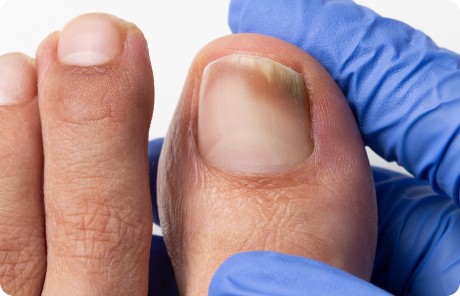
Dermatologists Explain
“Be patient when treating nail fungus. Once the infection progresses beyond a certain point, the treatment will take time to work.”
“Don’t neglect your nails. If your nail has changed in appearance without knowing why, have a doctor check it. A fungal infection becomes progressively more challenging to treat with time.”
How to identify toenail fungus
Some typical signs that you might have a fungal toenail infection are:
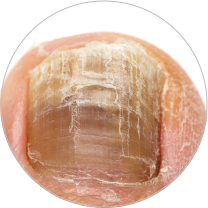
Toenails that are brittle and crumbly
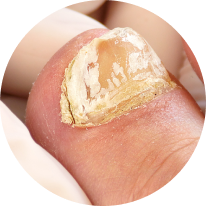
Yellow, white or brown nail discolouration
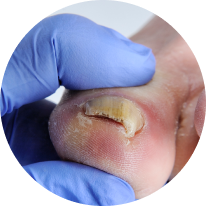
An accumulation of debris under the nail
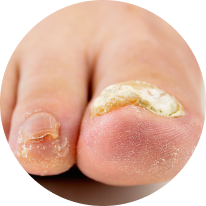
Toenails that become thicker
Why you should treat a toenail fungus infection
Toenail fungus can damage the nail, making it thick, misshapen, or brittle. As it gets worse, it can hurt to walk, run, or wear closed, tight shoes. Treating the infection early can help stop it from spreading to other nails or getting harder to manage.
While toenail fungus usually isn’t dangerous, it can act like a “fungus reservoir,” meaning it can spread to your skin and cause other problems like athlete’s foot. Athlete’s foot can lead to cracks in the skin, which make it easier for bacteria to get in and cause more serious infections. People with weak immune systems—like those with diabetes or peripheral vascular disease—may be more at risk for these issues.
Toenail fungus can also spread from person to person. This may happen in your home and in high-risk areas like locker room floors and public pools. If you treat it early and avoid walking barefoot in public areas, you can help stop it from spreading.
WHAT CAN HAPPEN IF TOENAIL FUNGUS GETS WORSE?
These are some typical signs that your toenail fungus infection is getting worse:
- The toenail(s) continues to get more discoloured (from yellow to a darker yellow)
- The toenail(s) becomes more brittle or crumbles more
- You feel pain under the toenail(s)
- The toenail(s) get thicker
- The infection spreads to other nails
- The infection spreads to the surrounding skin (like athlete’s foot)
It is better to treat a toenail infection early before it becomes severe and harder to treat.
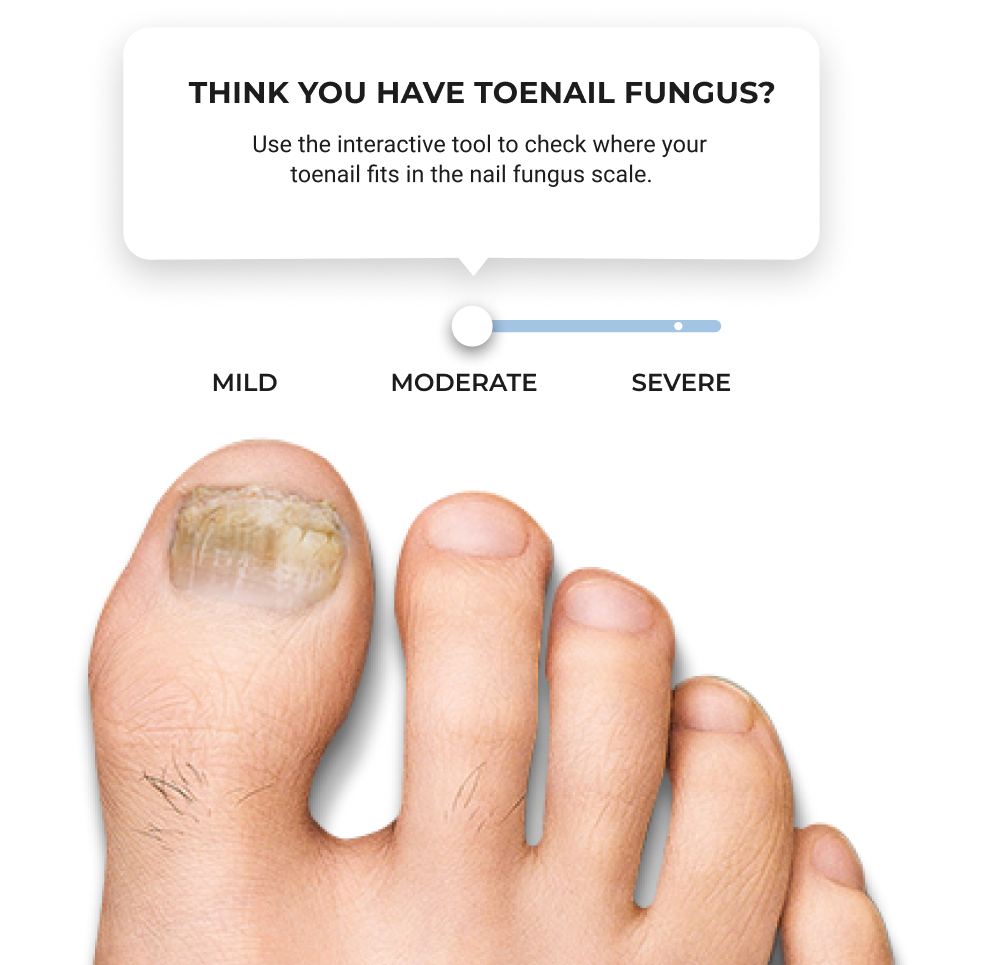
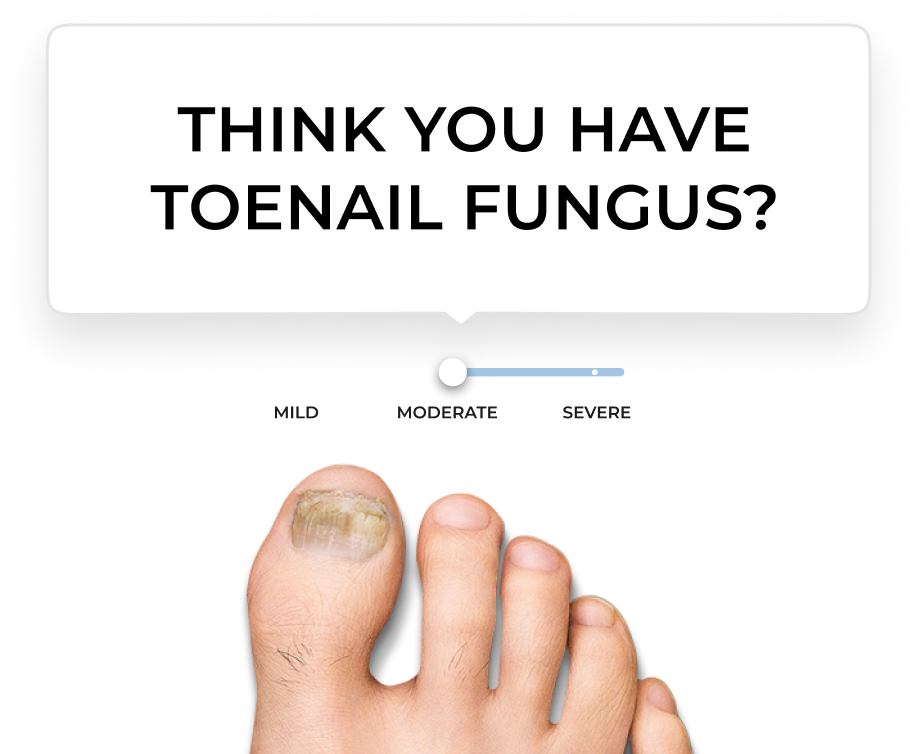
Think you have
toenail fungus?
Use our tool to check your symptoms and see if you might have signs of toenail fungus. Be sure to visit a healthcare professional for a proper diagnosis and to find out which treatment is right for you.
Check if you havethe symptoms